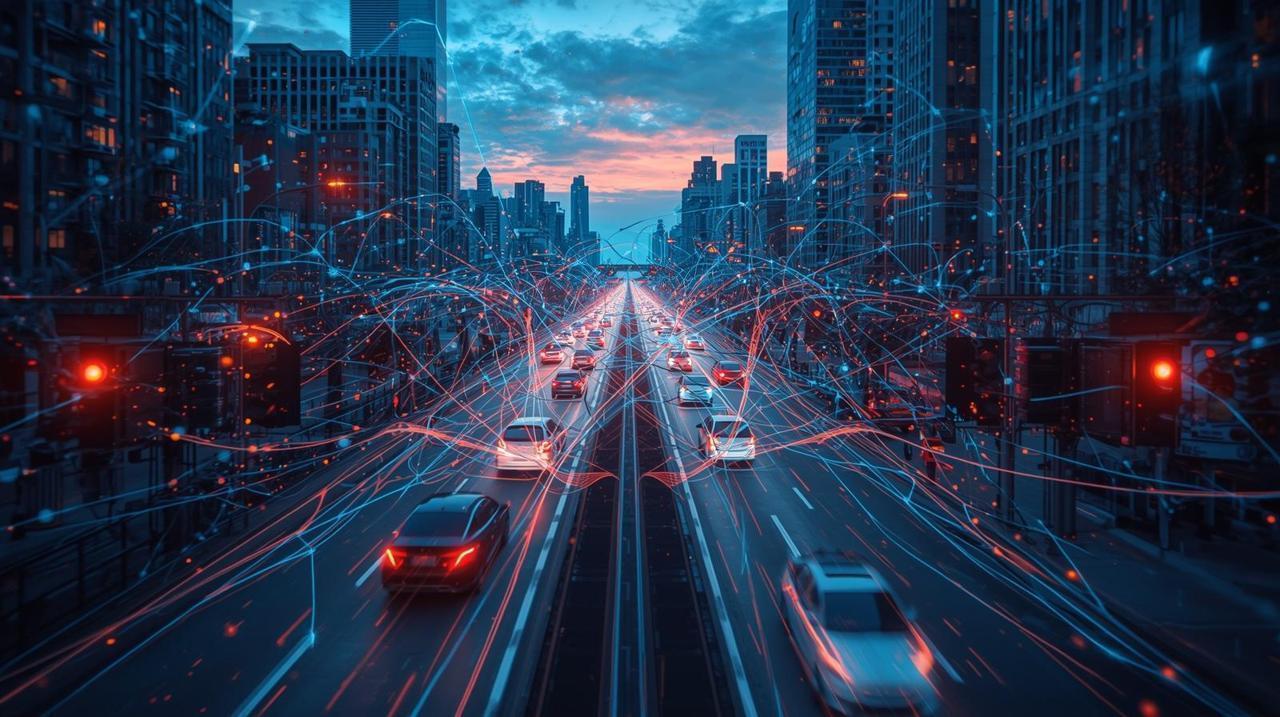
Post by : Shivani
Traffic congestion is one of the most pressing urban challenges of the 21st century. With rapid urbanization, growing populations, and increasing vehicle ownership, cities worldwide are struggling to keep traffic flowing smoothly. By 2030, the global cost of traffic congestion is projected to reach trillions of dollars in lost productivity and wasted fuel. Artificial Intelligence (AI) and Big Data are emerging as powerful tools to tackle this issue, offering smarter, more efficient, and sustainable solutions.
By 2030, AI and Big Data will be integral to smart city ecosystems, making traffic jams a relic of the past. With continued innovation, investment, and collaboration, cities can transform transportation into a seamless, efficient, and sustainable system. The future of mobility lies not just in building more roads, but in building smarter ones.
AI and Big Data are revolutionizing how cities approach traffic management. From predictive analytics to autonomous vehicles, these technologies are paving the way for smoother, safer, and greener urban mobility. The fight against traffic congestion is no longer about adding lanes—it’s about adding intelligence.
AI, Big Data, Traffic Management, Smart Cities, Urban Mobility, Transportation, Autonomous Vehicles, Predictive Analytics, Sustainable Transport, Smart Traffic Lights, Route Optimization, Public Transport, Future of Mobility, Technology Innovation, Urban Planning, Green Cities, Data-Driven Solutions, Intelligent Transport Systems, Mobility Trends, Traffic Solutions










Advances in Aerospace Technology and Commercial Aviation Recovery
Insights into breakthrough aerospace technologies and commercial aviation’s recovery amid 2025 chall

Defense Modernization and Strategic Spending Trends
Explore key trends in global defense modernization and strategic military spending shaping 2025 secu

Tens of Thousands Protest in Serbia on Anniversary of Deadly Roof Collapse
Tens of thousands in Novi Sad mark a year since a deadly station roof collapse that killed 16, prote

Canada PM Carney Apologizes to Trump Over Controversial Reagan Anti-Tariff Ad
Canadian PM Mark Carney apologized to President Trump over an Ontario anti-tariff ad quoting Reagan,

The ad that stirred a hornets nest, and made Canadian PM Carney say sorry to Trump
Canadian PM Mark Carney apologizes to US President Trump after a tariff-related ad causes diplomatic

Bengaluru-Mumbai Superfast Train Approved After 30-Year Wait
Railways approves new superfast train connecting Bengaluru and Mumbai, ending a 30-year demand, easi